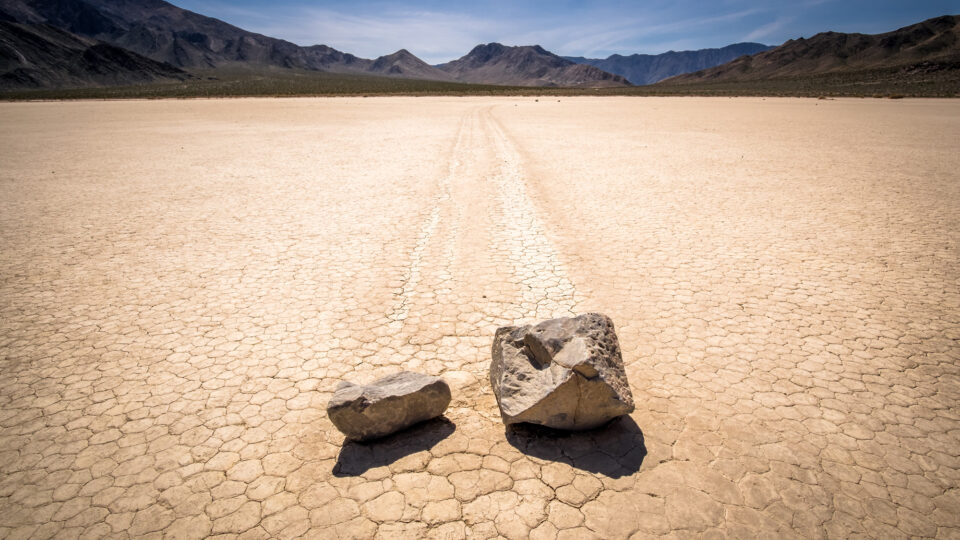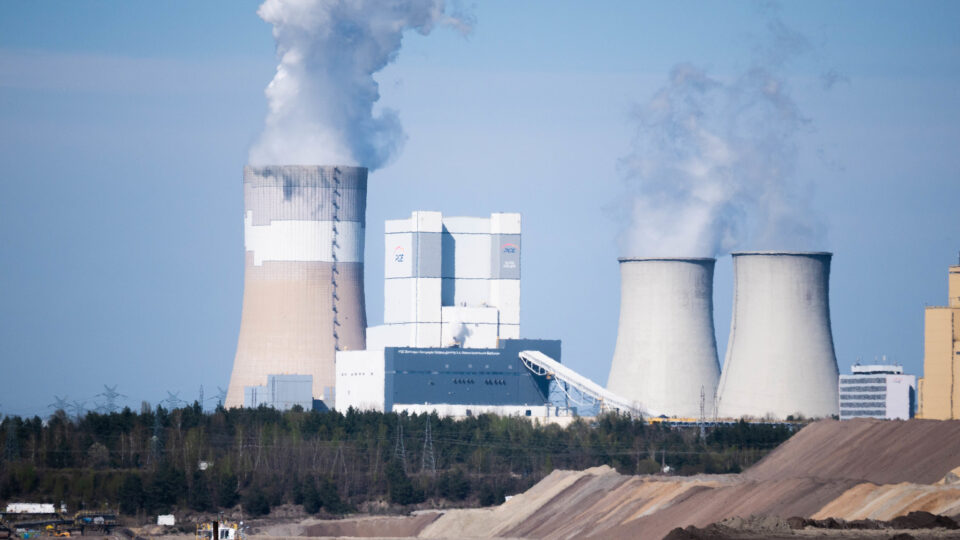We don’t usually associate Africa with glaciers, but the continent has had glaciers on its highest peaks for the past 10,000 to 15,000 years. Africa’s glaciers are found in three regions: the Rwenzori Mountains along the border between Uganda and the Democratic Republic of the Congo, Mount Kilimanjaro, and Mount Kenya. At the turn of the 20th century, there were 43 glaciers scattered across 6 peaks within the Rwenzori Mountains. In the intervening years, things have greatly changed.
Since the early 20th century, Africa’s glaciers have shrunk by 90%. Because all these glaciers are close to the equator, they are especially vulnerable to warming. According to a new study published in the journal Environmental Research: Climate, in the last two decades, Africa’s glaciers have lost roughly half their area.
This rapid decrease is alarming to climate scientists because they represent a clear indicator of the impact of climate change. A major factor in the decline of the glaciers is the reduction in cloud cover over the mountains. Sunshine is melting glaciers and turning ice directly into water vapor even when temperatures are below freezing. Reductions in snowfall at the same time means that the melting glaciers are not being replenished.
Scientists believe that the tropical glaciers of Africa may all but disappear over the next 25 years.
Roughly three-quarters of the Earth’s freshwater is stored in the world’s more than 200,000 glaciers. According to scientists, if the world reaches but maintains 1.5 degrees of warming, half of the world’s glaciers could be gone by the end of this century. If the world continues to warm as it has been without slowing down, more than 80% of the glaciers will disappear.
**********
Web Links
Africa’s Tropical Glaciers Have Shrunk by 90 Percent, Research Shows
Photo, posted February 26, 2022, courtesy of Ray in Manila via Flickr.
Earth Wise is a production of WAMC Northeast Public Radio





